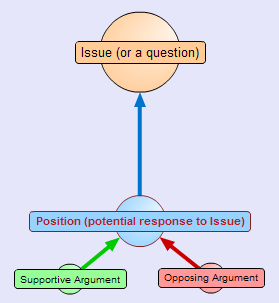How do I get Master Data and Transaction to play nicely together?
Master data
Many of us are unaware that the two types of data must be treated differently.
The setup of master records have legal and financial implications that will produce the right results or in a worst case scenario;
- May harm your companies reputation and brand.
- May cause defects in financial accuracy
- May cause legal action from an employee, customer, or supplier.
Either of the above have the highest threat to your organization in terms of legal liability.
- The assumption MUST be that these are the priority from a business continuity and recovery with zero data loss perspective.
- The non-conformance and noted findings on audit reports have the potential to produce the above external risk.
The Board has several committees who are tasked with oversight of these activities.
- The results assure the Board of Directors that their interest and guidance has been executed.
- Any financial transaction must have an audit trail.
How the information is referenced in every transaction?
Yes, people hardly realize the facts that party, offer and financial management data is sourced from master records and should represent a point in time.
- Transaction data should NOT be mixed with master data.
- "If" allowed, key design controls FAIL
- SOX segregation of duties FAIL's
- Master data(management) users with
- Create
- Update
- Archive never delete Zero data loss
- Back end data processing fails effective design key controls
Management Capabilities
Expense Transaction Capability
- We can assume that Engineering and Marketing are the users or functions most represented in spend categories.
- We should not have many revenue capabilities related to these process owners.
"The role each plays in expenses MUST be as a consumer of the performance results as an outcome."Any scenarios which allows either function to influence expenses transactions at any time preceding or post end of the period reporting;
- Effective business process activities will require rework
- The rework has a ripple effect from the point of introducing the defect;
- In this case each function will be forced to rework each transaction based on an adjustment.
Lesson Learned
An expense transaction capability relies on the investment funds allocated appropriately to the charged account.
In the past we as Business Process professionals have been directed to work with purchasing on the process diagrams or modeling. We certainly will have this stakeholder as our primary.
My prescription to practice leads would be to ensure your scope includes each function and the associated inputs and outputs for each.
Beyond Purchasing
Purchasing is the center of the process; however every function process owner will purchase. The result "an expense" which will result in a "vendor invoice" and cost actual spent will be issued a payment to your vendor. These activities represent the accrual process.
By ensuring inputs to purchasing have consistent process activities and a real picture of the Outputs or defects caused by inputs would adjust our perspective.
Finance must approve all expenses before issuance of a purchase order.
HR must on-board all resource expenses processed as non-catalog expenses.
Understanding the way people are acquired for both temporary and consulting engagements ensures better control around access to internal networks.



